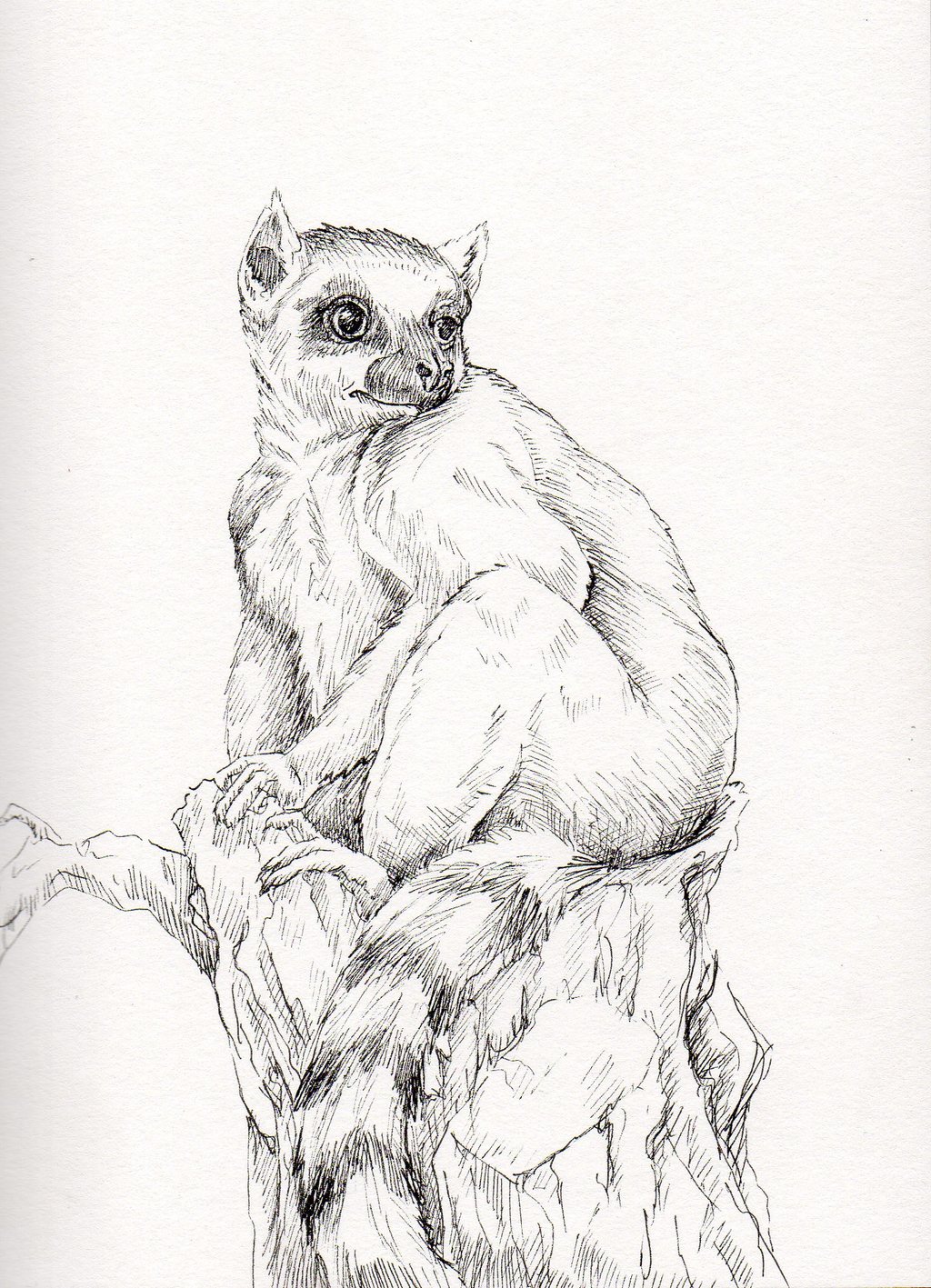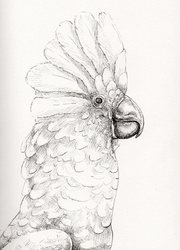Sign In
CloseTotem of the day is Lemur! It may be beneficial for you to look into aromatherapy in the coming time. Make sure to get out into nature in order to spend time sitting and meditating with the trees. Listen for any messages you may receive from the woodlands for the strength of your clairvoyance will be increasing lately. This will help in receiving any messages from the spirits that are for you. It will also be beneficial for you to take time in helping organizations tied to halting deforestation or aiding in regrowing forests. The Lemur totem is known for it's connection to communication, status, protection, navigation, and deep spiritual knowledge. When Lemur appears, it can be a reminder to meditate and spend time research spiritual information to gain a depth of knowledge within yourself. Connect to the spirits around you for messages. At other times, Lemur can be a sign that you may need to pay attention to how you are navigating your world. Work on what goals you want to accomplish by creating a strong starting point with your plans thought out carefully. Lemur is a message that you need to work hard to reach the top, but remember not to be too hard on yourself. Lemur can also remind us to pay attention to how we are interacting with others in social settings. Be careful you are not using others friendships just to fulfill your own needs. Pay attention to communicating clearly and showing affection for others. It is believed by the natives of Madagascar that the Lemur possesses a human soul or represents an ancestor to certain tribes, also seen in other cultures surrounding primate totems. With Lemur, it was believed that these souls also possess the ability to take revenge on those who mock them. People who connect with Lemur have a strong femininity to them with fascinating, beautiful eyes. These individuals are adaptable with a wide range of talents and interests, however, their uniqueness can sometimes make them feel out of place. These types often have a strong sense of smell both physically and metaphorically that helps them to sense what is good.
Lemurs, Lemur Catta, are omnivorous mammals that can live up to 14 years in the wild. These members of the primate family belong to the suborder Strepsirrhini which includes the lorises from India and Asia as well as bushbabies, or Galagos, from Africa. Strepsirrhini are an earlier form of primate that dominated the land until the development of other primates. Common attributes of this suborder include a wet nose, large olfactory lobes, and a smaller brain in comparison to simians. Now, Lemurs can be found as natives to the island Madagascar just off the south east coast of Africa. Being the most diverse of all primates, there are around 100 species of Lemur including the ring tailed lemur featured in this illustration, the Sifaka, Red-fronted lemur, the Aye-Aye, and the woolly lemur. The smallest species of lemur is the Madame Berthe's mouse lemur weighing just barely over an ounce. The largest living species of Lemur is the Indri, also called the Babakoto, which can grow over 20 lbs in weight with a body as long as 28 inches. Lemurs spend most of their time up the canopy of trees in a matriarchal society. Meaning they are led by a female leader rather than a Patriarchal, or male, leader. These very social primates spend much of their time interacting among one another by grooming, feeding each other, or sleeping close to one another. Long, flexible bodies with strong hands and feet tipped in sharp claws help to aid Lemurs in their lifestyle among the trees. Their tails can often be as long as their own bodies which also helps in balancing the primates. The diet of a lemur consists primarily from fruits and foods foraged among the canopy, however, they will also spend time hunting on the ground for grub. In general, the smaller species of lemur will eat more fruit and insects while the larger species will generally consume primarily plant materials. They are often seen as opportunistic eaters consuming anything they find edible. Communication between lemurs occurs through a range of vocalizations, scent markings, and body language. Lemurs possess fewer muscles in their face which limits their facial expression, particularly in comparison to other primates. With poor vision, communication through body language often includes a whole-body pose. Ring-tailed lemurs are known, however, to use strong facial expressions such as stares indicating a threat, pulled back ears with flared nostrils during scent-marking, and pulled back lips for submission. Even yawns are actually a threat by baring their long fangs. Sifakas are known to also use a teeth-baring expression for submission or an open-mouth for a playful look. Scent is extremely important in lemur communication as it can give information such as boundaries of a territory, age, reproductive status, and sex. Ring-tailed lemurs are known for their "stink fights" in which they will rub the scent glands on it's wrist on it's long tail before flicking its tail and the secreted scent at another male. Vocal communication comes in a wide range from alarm calls, mating calls, and more. Ruffed lemur's calls can reach as far away as over half a mile with the loudest lemur's calls being the Indri which can be heard over a mile away. Lemurs are well known for their powerful, long legs which can propel them in impressive leaps. The Indri can even leap up to 33 feet from tree to tree in a rapid succession called "ricochetal leaping". Some lemurs will also display a sideways hopping when traveling across the ground. Sifakas are able to travel over 300 feet over the ground using this manner of motion. Lemurs are primarily seasonal breeders, reproducing during very short mating seasons influenced strongly by the resources in their environment. The only exceptions to this are the Lac Alaotra gentle lemur and the aye-aye which have longer gestation periods. Breeding is timed so that birth occurs during the highest level of food available. While some species of lemurs are monogamous, even those species can sometimes breed outside of their pair-bond. The amount of babies born depends on species. Smaller, nocturnal lemurs generally only give birth to one baby while larger species will give birth to between two or three. After birth, babies cling to their parents to be carried or are hidden away while the parents forage. Some species such as the ruffed lemurs, give birth to young who are unable to move directly after birth and must grow in nests built by their mothers. Group parenting is common in all species of lemurs except for the aye-aye and the sportive lemurs.
Submission Information
- Views:
- 508
- Comments:
- 2
- Favorites:
- 4
- Rating:
- General
- Category:
- Visual / Traditional






Link
drawalotosaur
Awesoome!